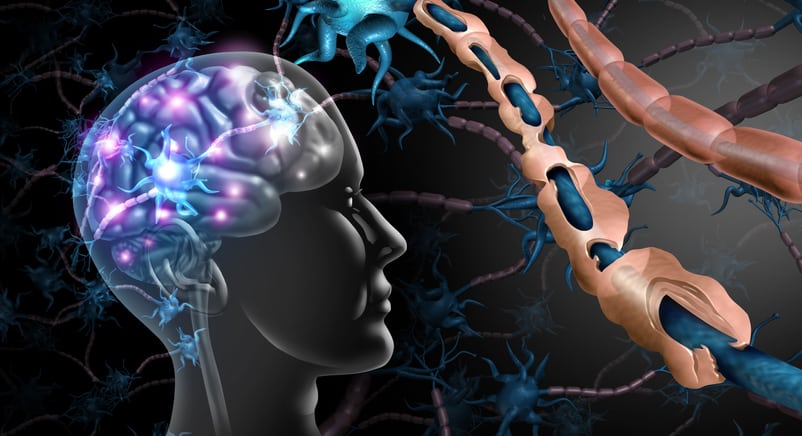Magnesium ions (Mg) increase and prolong opioid analgesia in chronic and acute pain. The nature of this synergistic analgesic interaction has not yet been explained. Our aim was to investigate whether Mg alter tramadol pharmacokinetics. Our secondary goal was to assess the safety of the combination.
Tramadol was administered to healthy Caucasian subjects with and without Mg as (1) single 100-mg and (2) multiple 50-mg oral doses. Mg was administered orally at doses of 150 mg and 75 mg per tramadol dosing in a single- and multiple-dose study, respectively. Both studies were randomized, open label, laboratory-blinded, two-period, two-treatment, crossover trials. The plasma concentrations of tramadol and its active metabolite, O-desmethyltramadol, were measured.
A total of 25 and 26 subjects completed the single- and multiple-dose study, respectively. Both primary and secondary pharmacokinetic parameters were similar. The 90% confidence intervals for C and AUC geometric mean ratios for tramadol were 91.95-102.40% and 93.22-102.76%. The 90% confidence intervals for C and AUC geometric mean ratios for tramadol were 93.85-103.31% and 99.04-105.27%. The 90% confidence intervals for primary pharmacokinetic parameters were within the acceptance range. ANOVA did not show any statistically significant contribution of the formulation factor (p > 0.05) in either study. Adverse events and clinical safety were similar in the presence and absence of Mg.
The absence of Mg interaction with tramadol pharmacokinetics and safety suggests that this combination may be used in the clinical practice for the pharmacotherapy of pain.
Evaluation of tramadol human pharmacokinetics and safety after co-administration of magnesium ions in randomized, single- and multiple-dose studies.


